Animals have far-reaching significance to humans. They are not only economic and cultural resources for humans, but also important beings that coexist with humans. Some animals can be said to be full of treasures and extremely valuable to humans. Do you know which animals are the most valuable? This article has compiled for you the ten most valuable animals in the world, namely sika deer, snake, crocodile, nutria, reindeer, yak, donkey, horseshoe crab, blue-eared pheasant, and bluefin tuna. Let’s take a look at where these animals are most valuable.
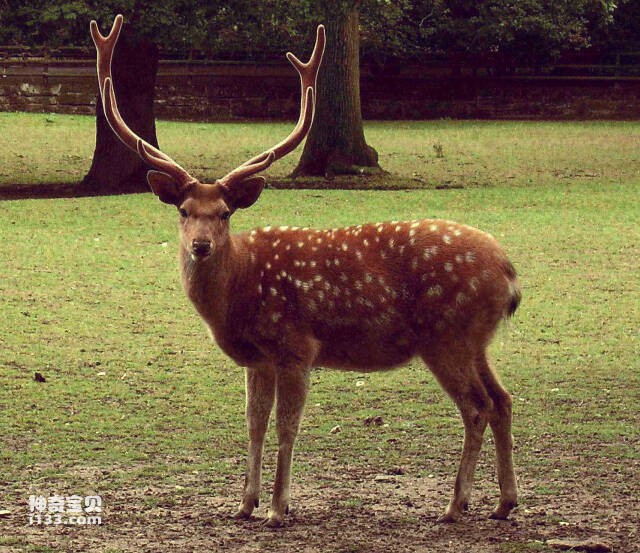
1. Sika deer
The sika deer can be said to be a truly precious animal. In addition to the velvet that people often hear about, the sika deer’s fetus, heart, tail, sinew, whip, antlers, meat, and skin are all very valuable. Something of practical value. The fetus, heart, tail, sinew, whip and antlers of sika deer are of great medical value and are good for health and recuperation. Some of them surpass deer antlers in some aspects. Venison has high protein content, low fat, and is easy to digest. It can improve the body's metabolism and resistance. It is a highly nutritious health food, and deer skin can be made into high-end leather goods.
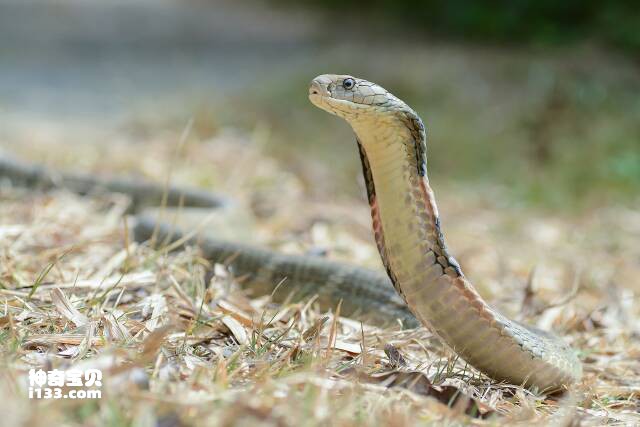
2. Snake
Snakes are one of the most widely distributed animals in the world. Snakes have important economic value. They are not only medicinal and edible, but also important raw materials for Chinese national musical instruments such as the erhu. Snake meat is rich in protein, fat, vitamins, etc., and has many functions such as strengthening bones, relaxing muscles and activating blood circulation, clearing heat and relieving summer heat, skin care and beauty, immunity and disease resistance, etc. Snake oil can be used to treat water and fire burns, frostbite, eczema, etc. Snake gall has been a precious medicinal material since ancient times. Snake skin can treat wind-fire toothache and vitiligo, and can also be used as a tonic.
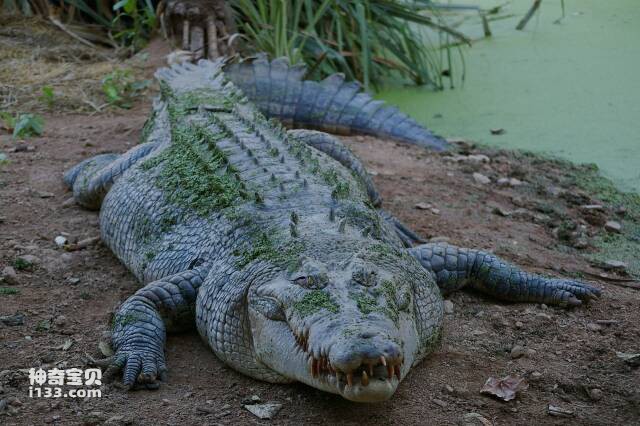
3. Crocodile
Crocodiles are very valuable animals and they are full of treasures. Crocodile skin is a valuable leather and can be used to make high-end leather goods. This is well known. In addition, crocodile blood is also of great medical value. According to ancient Chinese medicine books, crocodile blood has anti-inflammatory, heat-clearing, detoxifying, and tumor-removing effects; crocodile meat is low in fat. , high-protein, high-quality meat; crocodile oil also has medical value and has been used in a variety of internationally renowned cosmetics and anti-frostbite and anti-inflammatory health products.
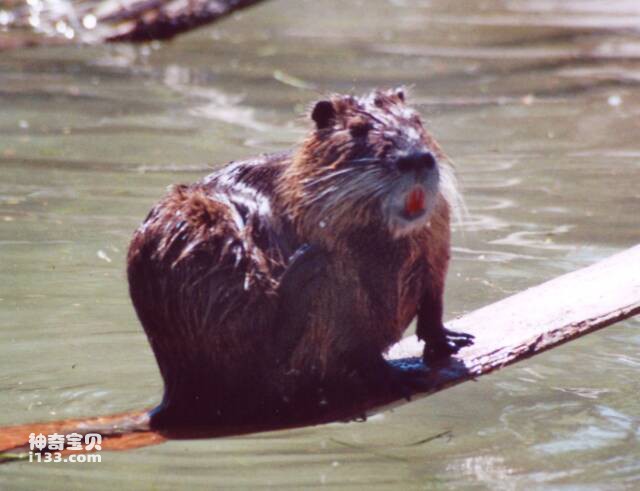
4. Nutria
Nutria, also known as coypu, is found in South America. Nutria are also extremely valuable animals and are widely bred around the world. The meat of nutria is also known as sea dragon meat in the international market. It is high in protein, low in fat and has extremely high hemoglobin content. It is an ideal food for women's beauty, children's physical development and intelligence enhancement. Its fur is thick, soft and wear-resistant, and has a gorgeous appearance. It is a good raw material for making clothes; in addition, rat oil can be used to make high-end cosmetics, rat blood has medical value, and the tendons in rat tails can be used to sew wounds without removing the stitches.
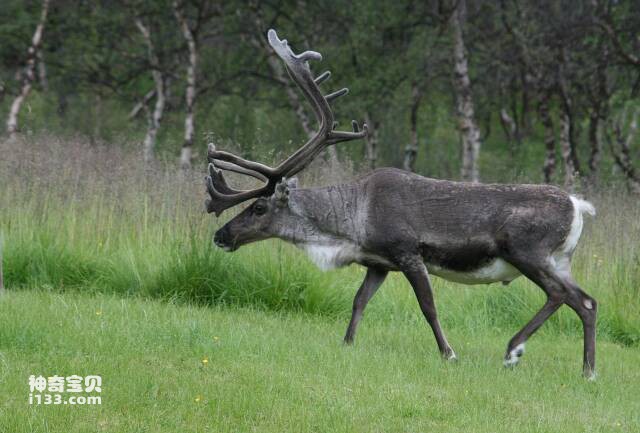
5. Reindeer
Reindeer, also known as antlered deer, is the only animal in the genus Reindeer of the Cervidae family. It is mainly distributed in the circum-Arctic region of the Northern Hemisphere. Anyone who knows reindeer knows that reindeer are full of treasures. Reindeer milk is a top-quality drink and rich in nutrients; reindeer antler is also a great tonic, which can replenish qi and blood, strengthen muscles and strengthen yang; reindeer fur is extremely warm and is made of Clothes, shoes and hats are excellent items to keep warm in the cold north. In addition, it can also be used as a means of transportation in many places. Santa Claus’s sleigh in the West is pulled by reindeer.
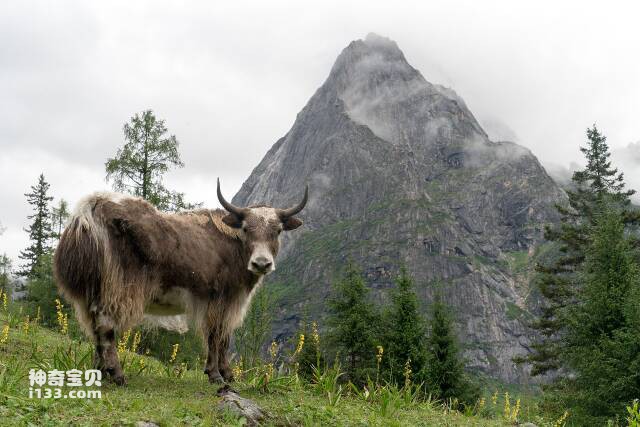
6. Yak
Yak is a unique species in my country, mainly distributed in the Tibetan areas of the Qinghai-Tibet Plateau in my country. The whole body of the yak is a treasure, and the Tibetan people cannot do without it for food, clothing, housing, transportation, and farming. People drink yak milk, eat yak meat and burn yak dung. Its hair can be used to make clothes or tents, and its skin is a good material for leathermaking. It can be used not only for farming, but also as a means of transportation on the plateau, providing local herdsmen with milk, meat, wool, labor, fuel and other production and daily necessities. It is an important source of life and economy for the herdsmen on the Qinghai-Tibet Plateau, and is also an indispensable part of the local animal husbandry economy. Important livestock species are missing.
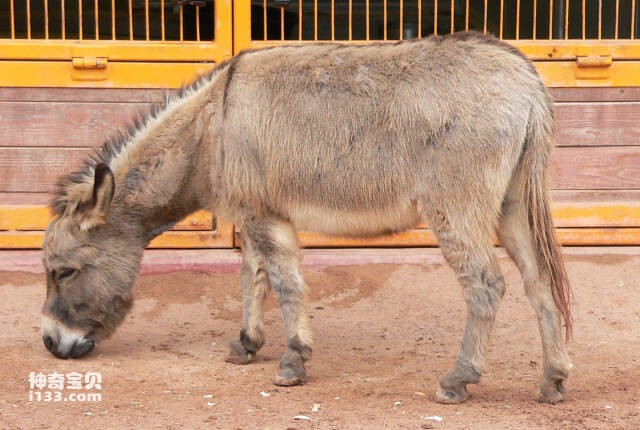
7. Donkey
Donkeys are very strong, can withstand extensive work, are not prone to illness, are docile, hard-working, and obedient. They can be used for farming and riding. Donkey meat has health care functions such as nourishing blood, replenishing qi and replenishing qi. In addition, donkey meat is also a delicacy at banquets. Its meat is delicate and delicious. It is known as "dragon meat in the sky, donkey meat on the earth". Donkey leather is soft and thick, can be used for tanning, and has medicinal value. It is the raw material of the precious traditional Chinese medicine "Donkey-hide gelatin". Donkey milk is also very valuable. Donkey milk is very similar to human milk and is the best substitute for human milk.
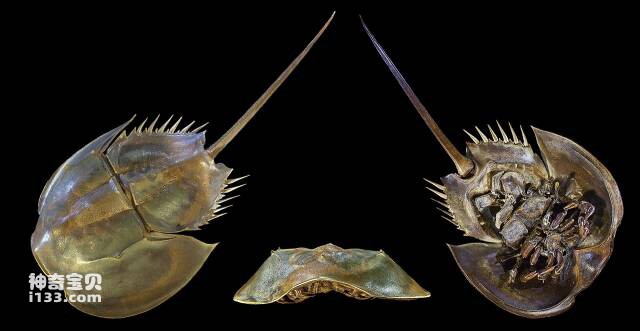
8. Horseshoe crab
The horseshoe crab is a marine arthropod, an ancient creature, also known as the horseshoe crab, but not a crab, and has high medicinal value. The "Limulus reagent" made from the blood of horseshoe crabs can accurately and quickly detect whether the internal tissues of the human body are caused by bacterial infection. Its tail-like spines and intra-abdominal horseshoe crab beads are used as medicine for internal and external hemostasis, heat-clearing and detoxification. In addition, its meat and eggs are not only edible, but also used as medicine together with its shell and tail.
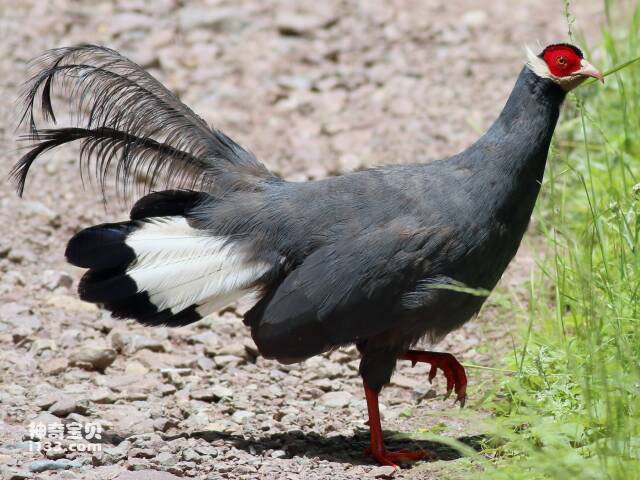
9. Blue-eared pheasant
The blue-eared pheasant is a rare and valuable bird with beautiful feathers that can be used for decoration. The blue-eared pheasant is one of the important economic animals, and its two pairs of original feathers are precious ornaments; its meat and eggs are edible and have high nutritional value. The Blue Pheasant's body is blue-gray, with its neck and shoulders darker in color, shimmering like a metal. Its tail feathers gradually change from gray-blue to dark purple-blue, and are rendered with metallic green and metallic purple-blue. The blue-eared pheasant has 24 tail feathers. The central pair of tail feathers is particularly long and elastic. It bends into a beautiful arc and stands high above the other tail feathers. It is the most specialized tail feather among the four species of pheasant.
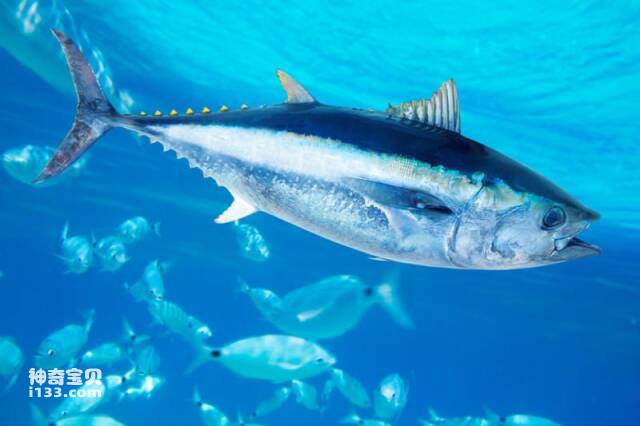
10. Bluefin tuna
Bluefin tuna is a highly adaptable carnivorous fish. Due to its delicious and flavorful meat, bluefin tuna is widely used in a variety of dishes and meals. Bluefin tuna is one of the most important commercial fish species and one of the largest fish resources in the world. It can not only supply human consumption, but also bring huge economic benefits to related industries. At the same time, bluefin tuna is an important pelagic fish and plays an important role in maintaining marine ecological balance and ecological security.
Many species are currently facing the threat of extinction, so animals have irreplaceable value in protecting and maintaining biodiversity. By protecting animals and their habitats, we can maintain ecological balance and ensure sustainable development of mankind. In short, animals have a lot of value to humans, contributing to many aspects from economy, culture, science to ecology and protection, and they need to be fully understood and protected by us.
animal tags:
We created this article in conjunction with AI technology, then made sure it was fact-checked and edited by a Animals Top editor.